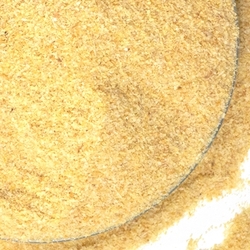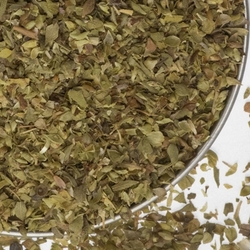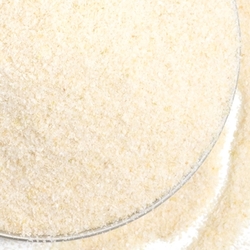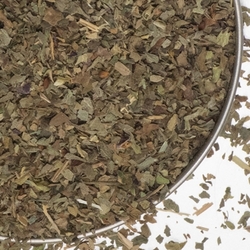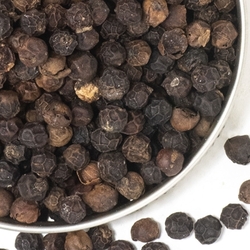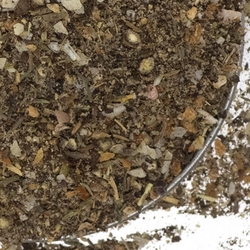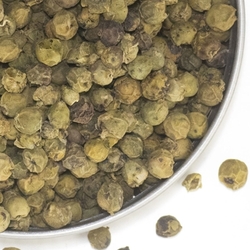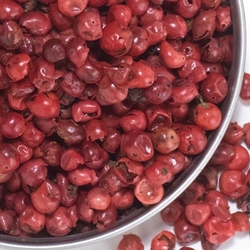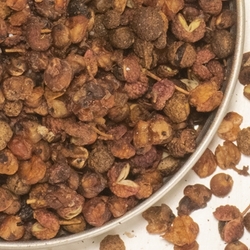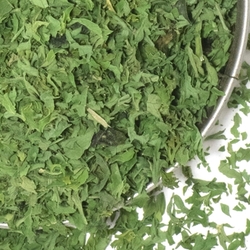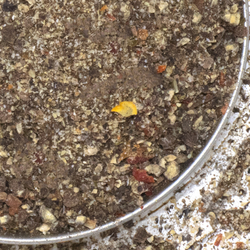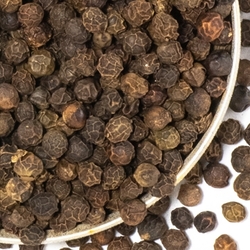6 Living with Low Sodium Tips
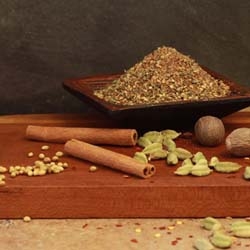
Have you recently had to go on a low-sodium diet? If so, then you are probably finding it to be a challenge, as it seems that sodium is everywhere! Well you are certainly not alone. The typical American eats both a high amount of fast food (that is loaded with sodium) and equally dangerous comfort food when they are at home. These tend to be processed foods such as frozen, canned soups and vegetables, boxed noodles, salsas and chips. These are all loaded with sodium.
For those on a low-sodium diet it is typically recommended to consume somewhere between 2,000 to 3,000 milligrams (mg) of sodium each day. That translates to about one teaspoon of salt, which equals approximately 2,300 mg of sodium.
So exactly what can you do to cut back on the sodium? Here are some helpful tips to get you on the right track. As with any major lifestyle change the key is to just get started! Take the first step and then work on the second… before you know it you will be able to master living the new low sodium lifestyle and it will become a regular part of your daily routine.
-
Don't beat yourself up - your goal is not to completely eliminate all the salt entering your system, after all the human body needs a certain amount of sodium to survive. Your goal is to get your sodium intake down to the level that your doctor prescribed.
-
Immediately stop adding salt to your food - don't add it to the meals that you are cooking and remove the salt shaker from the dining room table. If you are like most of us we grew up with a salt shaker on the table and it is second nature to salt your food before even taking the first bite. While old habits are hard to break you also don't want to feel like you are depriving yourself from wonderful taste. So instead start to experiment. Fill the shaker, formerly known as the salt shaker, with some salt-free herbs and spices - Basil, Oregano, Pennsylvania Pepper, Lemon Pepper, Garlic, Onion and Parsley are all good options. Start off with small amounts until you find a combination that you enjoy.
-
Buy a peppermill if you don't already have one - try grinding fresh pepper from some of these amazing whole peppercorns - a typical black pepper like Tellicherry or Lampong. Or for a really exotic taste sensation try Green, Sichuan or Pink Peppercorns. These are also some of the very popular peppers appearing in some of the finest restaurants. For a taste of Europe go for a White Peppercorns, these don't tend to have the bite of the black peppercorns. If you haven't tried a freshly ground whole peppercorn before you are in for an amazing treat.
-
Learn to read food labels - by reading labels and comparing products side-by-side you will start to see some amazing differences between products that may seem identical. Generally speaking any packaged food is going to be higher in sodium than fresh foods but you can learn to make healthier choices when you do have to choose canned or frozen foods - when you know what to look for!
-
Go fresh - typically you don't have to worry about high sodium levels in fresh fruits and vegetables and as an added bonus you can eat about as much as you would like and not have to worry about packing on the pounds. Fresh lean meat, fish and chicken tend to be low in sodium as well.
-
Learn how to fully experience herbs - before adding herbs to your dish crush them in your hand to bring out the full taste. Also most herbs are give the most flavor when added towards the end of the cooking process.
It will be difficult to change your eating habits, but go for small changes to start. Begin with targeting just one meal a day. Once you have that as a habit then add a second meal. This approach will get you on the right path before you know it. It may take weeks before you have a good understanding of low-sodium foods, but you will adjust. And eventually you might not even miss the salt as your taste buds will come alive as they are exposed to a world of amazing new tastes and flavors.


